Table of Contents
- Metallurgical Laboratory Testing
- Materials & Minerals we can test in Laboratory
- Mineral Processing Laboratory Equipment
- Laboratory Gravity Concentration Equipment
- Laboratory Flotation Equipment
- Laboratory Gold Leaching Equipment
- List of all Metallurgical Test Laboratory Equipment
- Metallurgical Laboratory Design
Finding a good and the right mineral processing laboratory and have your testing filled properly is important. Most metallurgical laboratories now are actually specialized. They will claim to “do-it-all” while what they can actually do truly depends on who their current staff is. You have hear the cliché on people are our greatest asset? Well, it is too true here.
Do you need:
- Ore hardness testing
- Heap Leaching
- Gravity testing
- Flotation
- CIL, CIP or other Gold Leaching
- Mineralogy
- Refractory testing
- Pilot Plant
- Industrial Plant diagnostic
- Hydrometallurgy
- Testwork Management
Geography might influence your choice. It may be important for you to by ‘close’ to your lab. Starting from your specific testing requirement, you can properly choose the mineral processing laboratory.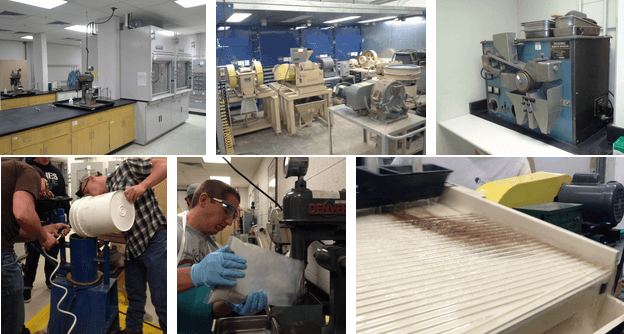
InfoMine offers a messy mining directory I find somewhat useless.
The typical go-to or major names are:
Large International Laboratory names with presence in Canada:
- ALS Global
- SGS “Lakefield”
- Inspectorate / Bureau Veritas
- XPS Consulting & Testwork Services
Mid-Size in Canada:
- Blue Coast Group
- Met-Solve Labs
- COREM in Quebec
Small Boutique Laboratory in Canada:
- Base Metallurgical Laboratories LTD < Solid Engineers + The place to go if you want personalized attention & the best minds working on your project. At no extra charge, you get a Voodooless Final Report that’s easy to read and you can understand.
Go-to name in Australia:
- Core Group < Solid Engineers + The place to go if you want personal attention & Australia’s best brains.
- JKTech
Mid-Size in USA:
- Hazen Research
- Resource Development Inc.
- McClelland Laboratories
In Peru:
Equipment Manufacturers disguised as testing laboratory:
- FLSmith
- Eriez
In summary, select a Mineral Processing Laboratory with people in-it holding vast practical industry experience. Labs can make almost anything work. JFK’ single shooter theory works in a Lab.
A wise lab-man once told me the Lab is like ‘The Matrix’.
Morpheus: “Do you believe that my being stronger or faster has anything to do with my muscles in this place?”
You want practical engineers and scientists running your testwork. What you test must be applicable. Remember what My Cousin Vinny said: “Are we to believe that boiling water soaks into a grit faster in your kitchen than in any other place on the face of the earth? Or perhaps the laws of physics cease to exist on your stove! Were they magic grits?”
Metallurgical Laboratory Testing
Presented herein is a brief index of a number of ores which have been tested for the recovery of valuable minerals contained therein, in the 911metallurgist.com laboratory.
The data herein has been selected from laboratory notes and incorporates only the usual ore dressing methods in practice for the treatment of common minerals. Necessarily, detailed information regarding location of the mineral deposit, marketing conditions, cost factors and certain specific data concerning the performance of test work in each case is omitted, as such information is held to be confidential between the customer and the company. However, the information contained herein can apply to many ores in many parts of the world and is typical only of general treatment methods, so that there is no question of publicizing trade secrets or guarded patent processes.
A comprehensive ore test includes data on physical characteristics of the ore, the response to various metallurgical processes, the physical characteristics of various products secured, and conclusions on the treatment expected to give the best results. From such a complete study it is possible to determine a flowsheet that is applicable, and also to make a selection of equipment suitable to handle a desired tonnage of mill feed.
It is not the purpose of this article to present data for the determination of treatment methods or flowsheets for the ores listed, but rather to illustrate from such data that these ores can be concentrated simply and effectively. It is hoped that the information given may suggest methods or reagents that will assist in securing better results and increased profits from mining operations.
The mining and ore dressing industry has made much progress by the exchange of information through trade publications, publications of technical societies, and agencies such as the various governmental Bureaus of Mines. This exchange of information has led to greater profits in general for those engaged in mining and beneficiation, and has aided subsequent operations also, through the supply of better or higher grade raw materials.
It is therefore commendable that those engaged in this industry have been liberal and generous in furnishing data and information for the general good. Increased yields, opening to trade of lower grade deposits, and better utilization of natural resources has continually added greatly to the national wealth of many countries.
Because a mineral is not listed in this index does not mean that it cannot be economically concentrated. This list is only partial. Nor does it include data on many industrial products or by-products that are being treated by usual metallurgical processes, such as cleaning of foundry sands, recovery of metals or plastics from scrap or waste materials, and many similar operations.
All ores bearing as the principal value the minerals as listed herein will not respond exactly to the treatment methods as shown. Mineral associations and the chemical and physical characteristics of the particular ore will affect in one way or another the results that can be secured. Each ore presents its own individual problem, but the experience gained from the investigation or treatment of a similar ore will indicate likely methods to follow and a comprehensive ore test will show the results that can be expected.
The Science of Mineral Processing faces a great challenge. As the population of the world doubles and re-doubles there is a parallel need for raw materials of all types to meet the needs of all nations. This need for raw materials actually exceeds the population growth for there is an ever increasing standard of living throughout the world. The increase in the living standard has its own demands for metals, non-metallics, fertilizers, chemicals and other materials.
The needs of the world of tomorrow must be met by the men of today. It will take “vision, and courage” to pioneer new mineral producing areas. But the individual or company who has the foresight to develop a mineral deposit will find a ready market for their products.
The extent of profit from any mining venture depends on the processing. Market specifications are becoming more critical. Operating costs demand that the process be both simple and practical.
Materials & Minerals we can test in Laboratory
| Alunite | Chalcocite | Franklinite |
| Anglesite | Chalcopyrite | Galena |
| Antimony | Chrome | Garnet |
| Apatite | Chromite | Gibbsite |
| Argentite | Chrysocolla | Glass Sands |
| Arsenic | Cinnabar | Gilsonite |
| Arsenopyrite | Clay | Gold |
| Asbestos | Coal | Grains |
| Azurite | Cobalt | Graphite |
| Barite | Cobaltite | Gypsum |
| Bauxite | Collophanite | Halite |
| Bentonite | Columbite | Hematite |
| Beryl | Copper | Horneblende |
| Biotite | Corundum | Hubnerite |
| Bismuth | Cryolite | Ilmenite |
| Bituminous Sands | Cuprite | Industrial Wastes |
| Borax | Cyanite | Iron |
| Bornite | Diamond | Jamesonite |
| Brucite | Diatomaceous | Kainite |
| Calcite | Earth | Kyanite |
| Carnallite | Dolomite | Lead |
| Carnotite | Enargite | Lepidolite |
| Cassiterite | Epsom Salt | Leucite |
| Celestite | Feldspar | Limestones |
| Cement Rock | Ferberite | Limonite |
| Cerargyrite | Fluorite | Livingstonite |
| Cerussite | Fluorspar | Magnesite |
| Magnetite | Psilomelane | Spodumene |
| Malachite | Pyrargyrite | Stannite |
| Manganese | Pyrite | Stibnite |
| Manganite | Pyrolusite | Strontianite |
| Marmatite | Pyromorphite | Sulphur |
| Mercury | Pyrophyllite | Sylvanite |
| Mica | Pyroxene | Sylvite |
| Microlite | Pyrrhotite | Talc |
| Molybdenite | Quartz | Tantalite |
| Molybdenum | Quicksilver | Tennantite |
| Monazite | Realgar | Tetrahedrite |
| Muscovite | Rhodochrosite | Thorium |
| Nepheline | Rubber | Tin |
| Syenite | Rutile | Titanite |
| Niccolite | Salt | Titanium |
| Nickel | Scheelite | Topaz |
| Nitre | Sericite | Tungsten |
| Olivine | Siderite | Uraninite |
| Orpiment | Silica Sand | Vanadinite |
| Orthoclase | Sillimanite | Vermiculite |
| Pentlandite | Silver | Willemite |
| Phosphate Rock | Smaltite | Witherite |
| Platinum | Smithsonite | Wolframite |
| Potash | Soda Nitre | Zinc |
| Powellite | Sperrylite | Zincite |
| Proustite | Sphalerite | Zircon |


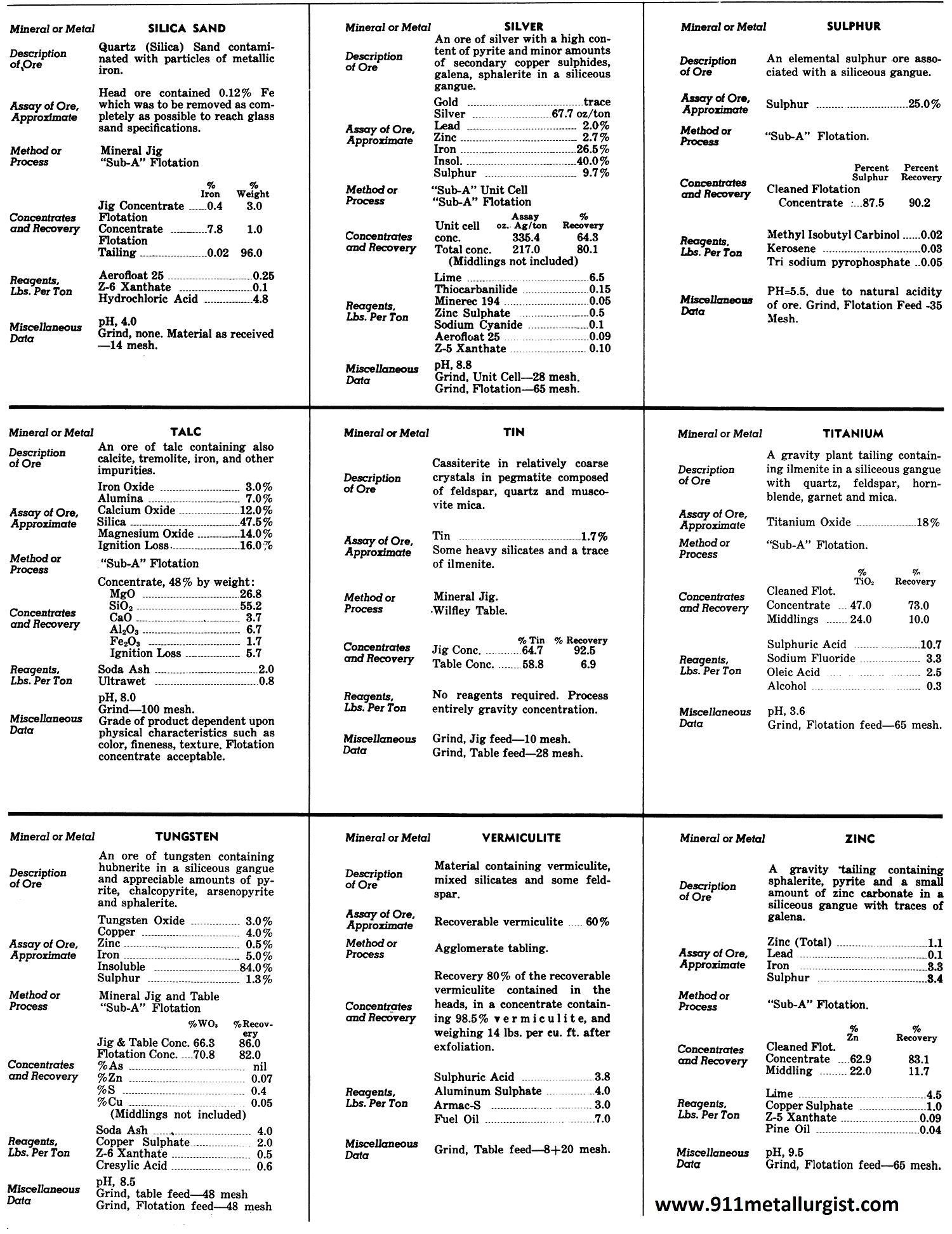
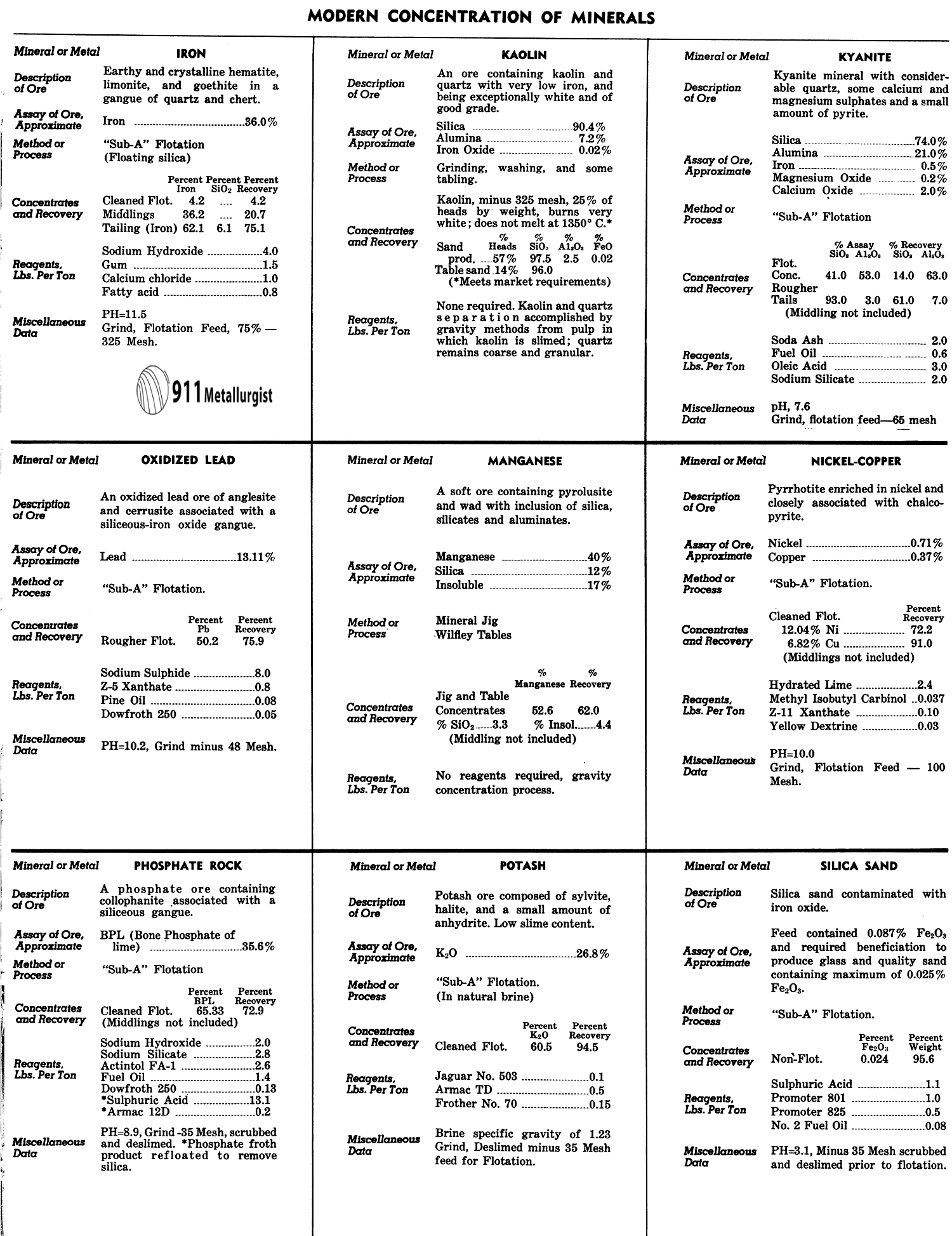


Mineral Processing Laboratory Equipment
Countless installations have proved that operating profits can be increased by installation of a well planned ore dressing laboratory. The basic function of a laboratory is to provide, rapidly, accurate data on metallurgy that can be closely reproduced in the plant. This can be done by using laboratory units as nearly similar as possible, in design and operation, to the full scale operating units. Mineral Processing Laboratory Equipment is designed with this in mind.
Protects Investment Increases Profit
A properly equipped metallurgical laboratory should be considered as insurance to protect the venture against the unforeseeable exigencies which may arise in the operation. The cost is generally small as compared to the total investment in the mine and mill. In most cases the cost can be expected to be returned many times in extra profit from the gain in efficiency of the milling operation resulting from the test work.
In former years a laboratory installation was difficult because of the lack of dependable equipment. In fact most of it was home made. Today the demand of the mining industry for dependable equipment, conforming to exact standards, has influenced its design and manufacture. Such equipment is now available at low cost, which not only affords efficient operation but duplicates conditions on a small scale that exist in large scale operation.
Test Applications
The following information is submitted to provide a guide to the planning of such an installation:
Ore dressing problems generally involve one or more of the following three principle methods of concentration:
- Gravity Concentration.
- Flotation.
- Cyanidation.
Other less widely used methods may be involved in some instances, such as amalgamation, magnetic separation, electrostatic separation, leaching, roasting, sink and float, screen tests, etc. A well designed laboratory is based upon two fundamental steps in ore dressing:
- liberation of the valuable mineral from the waste portion, and,
- separation or concentration of the valuable mineral from the waste.
In every case machinery is needed for crushing and preparation of samples of ore and since this equipment is generally necessary for the preparation of regular mine and mill samples for assay, its installation in conjunction with the ore dressing laboratory can be made to serve a double purpose.
Laboratory Gravity Concentration Equipment
Gravity concentration tests are generally conducted by means of the Laboratory Mineral Jig, the laboratory pulsator jig, gravity table or blanket table.
Ore dressing problems which may exist or arise in milling operations involving gravity concentration include those presented by:
- Ores of gold, silver, and base metals in which gravity concentration is more often used in an auxiliary capacity;
- Those presented by heavy mineral oxide and non-metallic ores, the concentration of which may involve gravity concentration primarily.
Examples of problems involving gravity concentration in an auxiliary capacity include:
- removal of free gold and separate recovery as bullion by means of the Mineral Jig operating in the ball mill grinding circuit, and amalgamation of the resulting concentrate;
- removal of high grade galena or cerussite with minimum content of zinc from zinc-lead ores;
- removal and recovery of heavy oxides and tramp iron from non-metallic mill circuits;
- recovery of heavy non-floatable minerals from flotation tailings;
- recovery of heavy minerals from flotation concentrates;
- removal of a heavy mineral or sand fraction upon which more expensive operations such as fine grinding and subsequent retreatment may be performed.
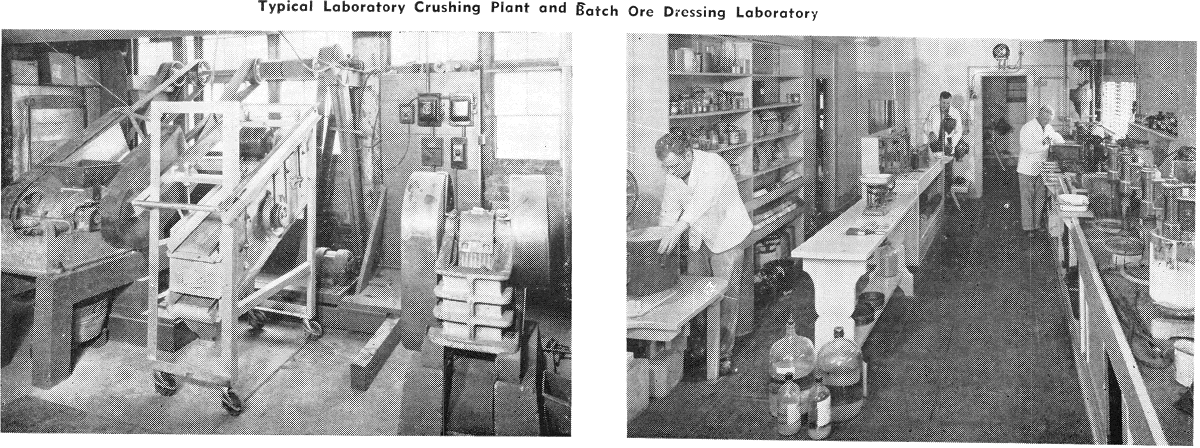
Examples of problems involving gravity concentration primarily include:
- metallic ores of iron, tungsten, manganese, chromium, titanium, and tin;
- non-metallic ores of barite, fluorspar;
- alluvial sands containing heavy metallic and non- metallic minerals;
- metallurgical by-products such as furnace slags, and residues.
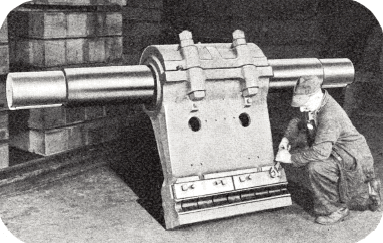
Laboratory Flotation Equipment
Flotation testing requires means of grinding the ore under conditions similar to regular mill practice and laboratory flotation machines capable of handling the resulting pulp under regular mill conditions. Laboratory flotation machines should be provided with varying capacity so that the rougher or initial concentrate produced in the larger machine may be refloated in a cleaning operation in the smaller machine. “Sub-A” 2000, 1000, 500, and 50-gram Machines are designed to accomplish this dual operation upon various size charges of pulp.
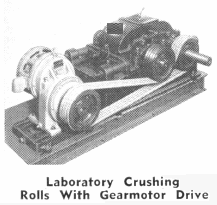
Flotation treatment of ores has become so universal that almost every problem involving the concentration of both metallic and non-metallic ores is being attacked by means of flotation.
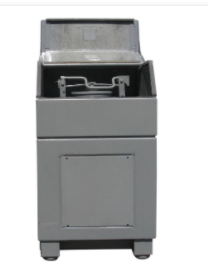
Some specific problems on milling operations which a mine laboratory may be called upon to solve include:
- reduction of normal tailing losses,
- increase in grades of flotation concentrates,
- overcome difficulties caused by change in nature of ore bodies,
- work out treatment methods for new ore bodies,
- study possibility of producing by-products,
- investigate possibilities of new and cheaper reagent combinations.
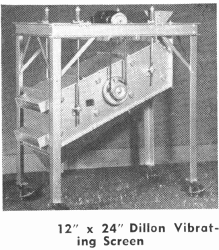
Laboratory Gold Leaching Equipment
Cyanidation testing of slime pulps can be accomplished by means of mechanical agitators or in bottles on rolls. Mechanical agitators are preferred because of the requirement of securing proper aeration under conditions more nearly duplicating plant practice. Testing of sands is accomplished by percolation apparatus.
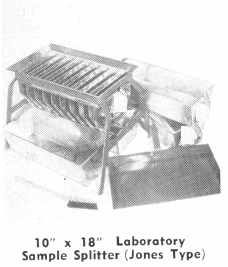
The cyanidation process requires means of grinding the ores, and in laboratories where flotation testing is carried out the same ball mill can be used for these tests.
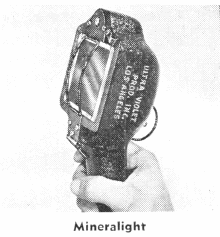
The process is applicable to gold and silver ores only and some of the problems presented upon which a mine laboratory may be called upon to solve may include:
- reduction of normal tailing losses,
- overcome difficulties caused by change in ore body characteristics,
- test amenability of new ore bodies to the treatment,
- test products produced by other methods of concentration to increase overall extraction.
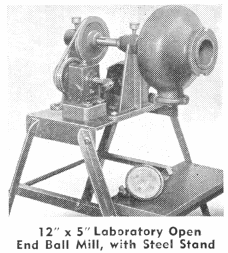
Laboratory Equipment List
The following list of laboratory equipment includes all items which a complete laboratory may require for the three general methods of concentration testing and from which a mine laboratory may select the items necessary for the specific problem involved.
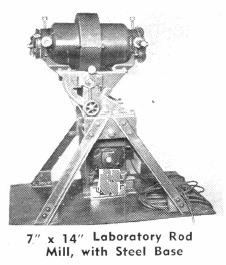
Group No. I includes the basic equipment required for any ore testing laboratory for mines. Groups II, III, IV, and V list additional equipment needed for the different types of testing work.
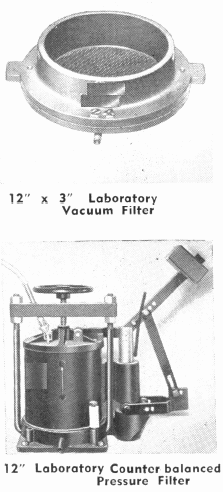
List of all Metallurgical Test Laboratory Equipment
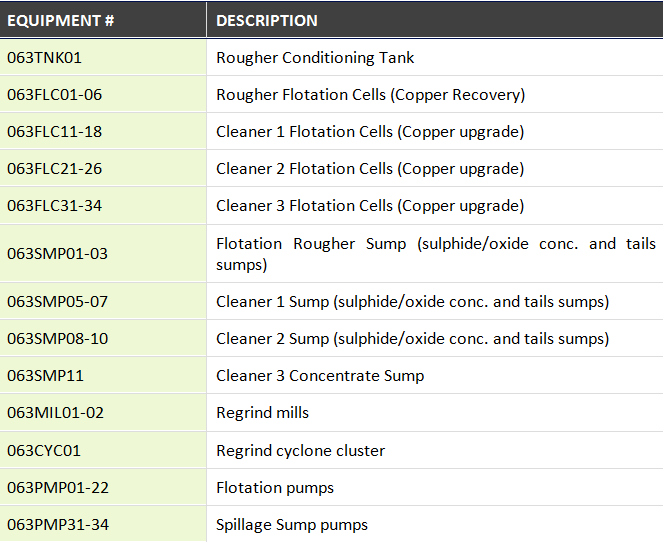
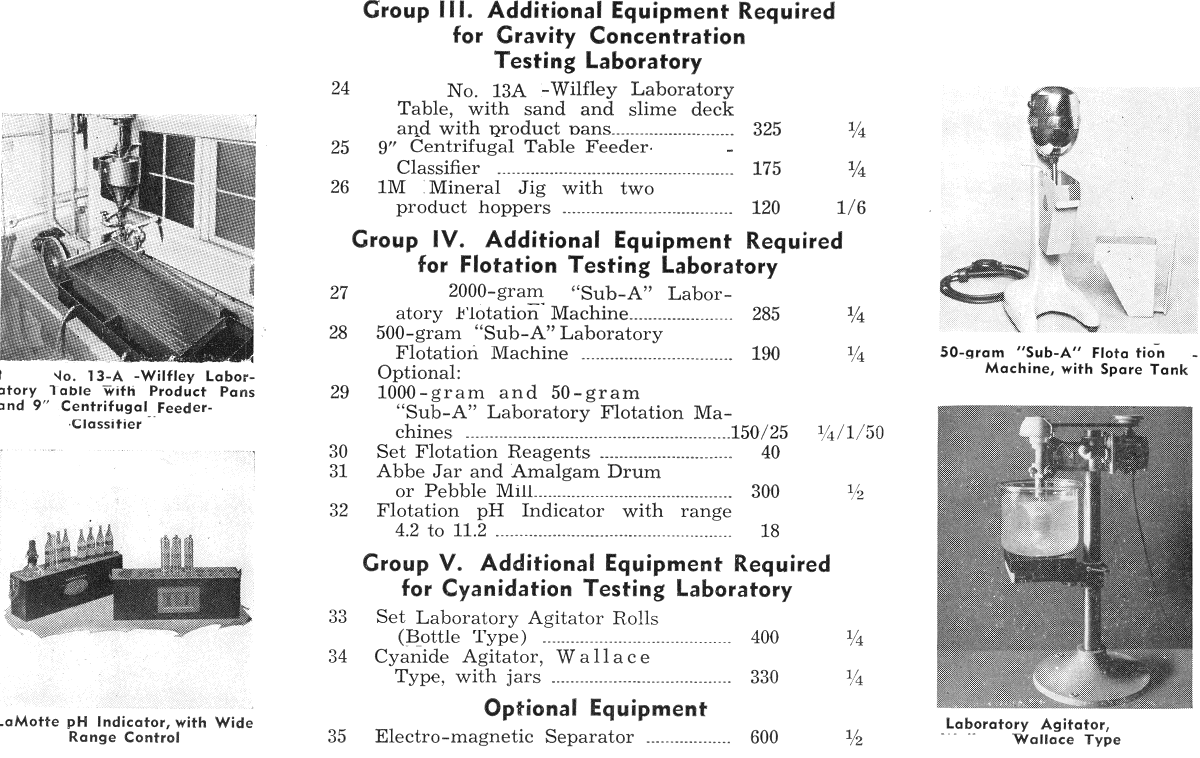
Metallurgical Laboratory Design
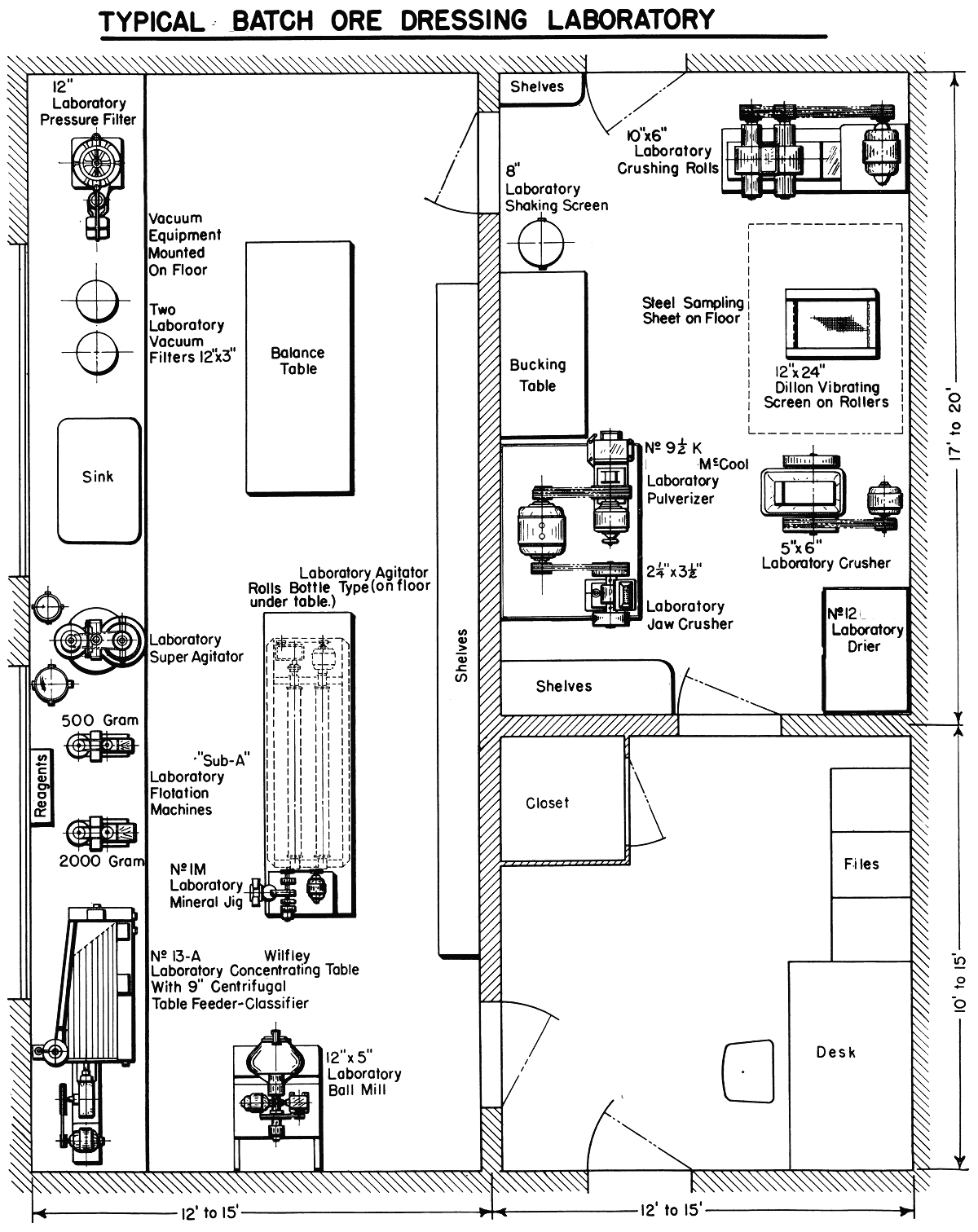
Source: Most of this article is a reproduction of an excerpt of “In the Public Domain” documents held in 911Metallurgy Corp’s private library.
